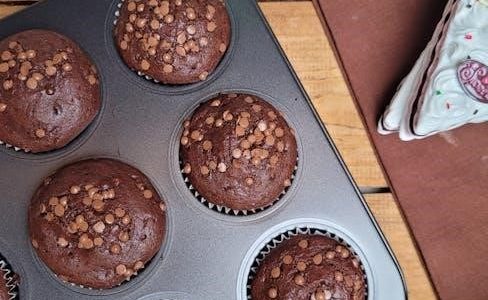
sod cooking guide
Sod cooking is a unique culinary method that leverages the properties of carbonated beverages to enhance flavors and textures in both sweet and savory dishes․
What is Sod Cooking?
Sod cooking is a culinary technique that incorporates carbonated beverages, such as cola, ginger ale, or fruit sodas, into recipes to enhance flavor and texture․ The acidity and carbonation in sodas act as tenderizers for meats and can create unique caramelized crusts when used in baking or glazing․ This method is versatile, suitable for marinades, braising liquids, or even desserts, offering a creative twist to traditional cooking methods․ It’s a modern approach that blends science and culinary art to produce distinctive dishes․
History and Evolution
Sod cooking traces its roots to traditional home kitchens, where cooks experimented with carbonated beverages to enhance flavors․ Over time, the technique gained popularity as chefs and home cooks discovered its versatility․ The use of sodas in marinades, glazes, and braising liquids became a creative alternative to conventional methods․ This approach evolved alongside culinary trends, blending science with flavor innovation․ Today, sod cooking is celebrated for its unique ability to tenderize meats and create caramelized crusts, making it a modern staple in diverse recipes․
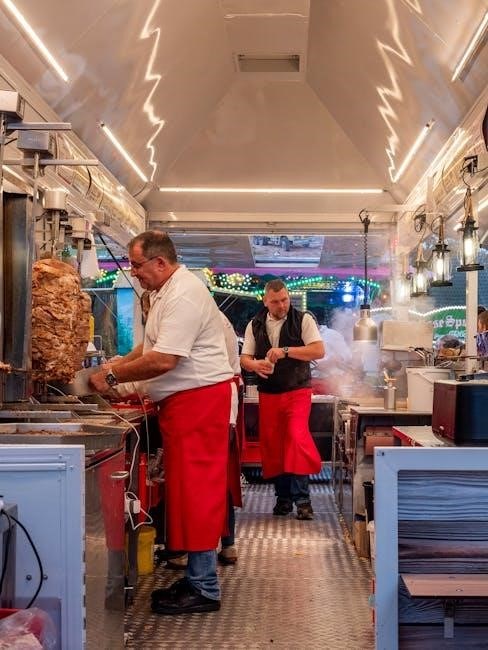
Benefits of Sod Cooking
Sod cooking offers enhanced flavor profiles, moisture retention, and versatility in recipes, making it a creative and effective method for both novice and experienced chefs․
Enhanced Flavor Profiles
Sod cooking uniquely enhances flavor profiles by incorporating the acidity and sweetness of carbonated beverages․ This method adds depth to dishes, balancing tangy and rich notes․ Carbonated sodas, like cola or ginger ale, infuse a subtle sweetness while their acidity breaks down ingredients, creating complex taste experiences․ The fizziness also helps retain moisture, ensuring meats stay juicy and tender․ This technique is particularly effective in marinades, glazes, and braising liquids, making it a versatile tool for chefs seeking to elevate their creations with distinctive flavors․
Moisture Retention in Meats
Sod cooking excels at retaining moisture in meats, ensuring tender and juicy results․ The carbonation in sodas helps lock in natural juices, while their acidity gently breaks down proteins․ This technique is especially effective for tougher cuts, transforming them into flavorful, fall-apart dishes․ Whether used in marinades, braising liquids, or glazes, sodas like cola or ginger ale enhance moisture retention, resulting in meats that are both succulent and richly flavored․ This method is a game-changer for achieving consistently tender and delicious meat dishes with minimal effort․
Versatility in Recipes
Sod cooking offers remarkable versatility, adapting to a wide range of dishes from savory meats to sweet desserts; Carbonated beverages like cola, ginger ale, and fruit sodas can be used in marinades, braising liquids, or as glazes, adding depth and complexity․ They enhance both baked goods and main courses, while their acidity aids in tenderizing meats and balancing flavors․ This versatility makes soda a dynamic ingredient, suitable for experimenting with fusion cuisine or creating unique twists on traditional recipes, ensuring endless possibilities for creative cooks․
Common Sodas Used in Cooking
Common sodas used in cooking include cola, ginger ale, fruit sodas, and sparkling water․ They add unique flavors, moisture, and acidity to various dishes, encouraging culinary experimentation․
Cola-Based Recipes
Cola-based recipes are popular for their sweet and tangy flavors․ Cola-glazed ham is a classic, offering a sticky, caramelized crust․ It’s also used in barbecue sauces for a rich, depthful taste․ Cola can tenderize meats like brisket or pork due to its acidity․ Desserts, such as cola-infused cakes or brownies, add a unique twist․ The sweetness of cola balances savory elements, making it versatile for marinades, braising liquids, or even as a glaze for vegetables․ Its distinctive flavor enhances both sweet and savory dishes, inspiring creative culinary applications․
Ginger Ale and Other Sparkling Beverages
Ginger ale and other sparkling beverages bring a unique fizziness to dishes, enhancing flavors and textures․ The carbonation helps tenderize meats and adds a light, airy quality to batters for fried foods․ Ginger ale’s spicy undertones complement Asian-inspired dishes, while tonic water’s bitterness pairs well with citrusy marinades․ Club soda is often used in tempura batter for crispiness․ These beverages add depth to sauces, marmalades, and braising liquids․ Their versatility makes them ideal for both savory and sweet recipes, offering a refreshing twist to traditional cooking methods․
Fruit Sodas for Desserts
Fruit sodas like cola, lemon-lime soda, and grape soda are perfect for sweet treats․ They add fruity flavors and a subtle fizz to desserts․ Cola can be used in cakes, while lemon-lime soda brightens meringues or sorbets․ Grape soda pairs well with rich chocolate desserts․ These sodas also make excellent bases for syrups or sauces to drizzle over ice cream or pancakes․ Their sweetness enhances fruit salads and poaching liquids for fruits like pears or peaches, creating a refreshing and flavorful finish to any meal․
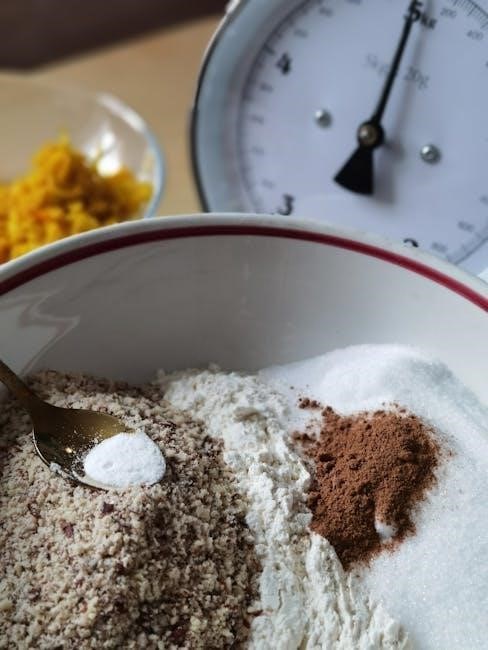
Cooking Techniques with Soda
Soda adds unique flavors and moisture to dishes․ Techniques include marinating, baking, and braising․ Acidity in soda enhances caramelization, creating tender, flavorful results in both sweet and savory recipes․
Marinating with Soda
Marinating with soda enhances flavor and tenderizes meats․ The acidity in soda breaks down proteins, creating a tender texture, while sugars caramelize during cooking, adding depth․ Ideal for chicken or beef, soda marinades infuse unique taste profiles․ Try cola for smoky notes or ginger ale for a zesty twist․ Always mix with spices and herbs for balanced flavor․ Marinate for 2-4 hours or overnight for best results․ Experiment with different sodas to discover new culinary delights․ This technique ensures moist, flavorful dishes every time, perfect for grilling or roasting․
Baking and Glazing
Baking and glazing with soda adds a unique twist to desserts and meats․ The carbonation acts as a natural leavening agent, creating light textures in cakes and breads․ For glazing, soda’s sweetness enhances flavors, forming a sticky, caramelized crust on meats or pastries․ Try using cola for a rich, smoky glaze or fruit soda for a fruity dessert topping․ Brush soda during the last stages of cooking to prevent burning․ This technique adds depth and moisture, making dishes stand out with minimal effort․ Experiment with flavors for a creative culinary touch․
Braising and Slow Cooking
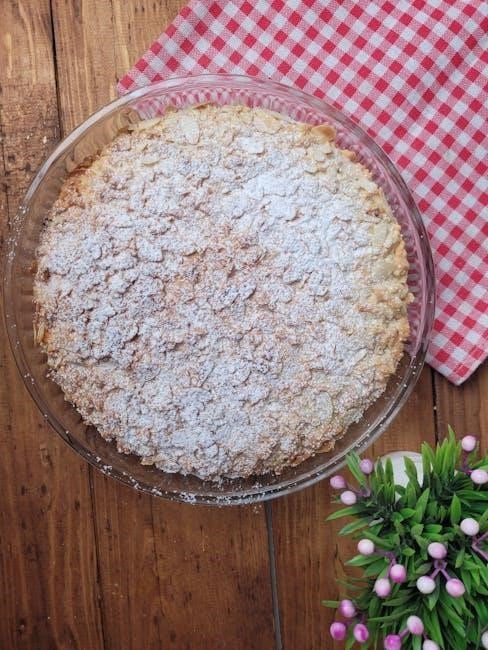
Soda adds depth to slow-cooked dishes by enhancing moisture and flavor․ The acidity in soda helps break down connective tissues in meats, resulting in tender, fall-apart textures․ Cola or ginger ale works well for braising, infusing a sweet and tangy profile․ Simply pour soda into the cooking liquid, cover, and simmer․ This technique is ideal for pot roasts, stews, or short ribs․ The carbonation and sugars caramelize during cooking, creating a rich, velvety sauce․ It’s a simple way to elevate hearty meals with minimal prep and maximum flavor impact․
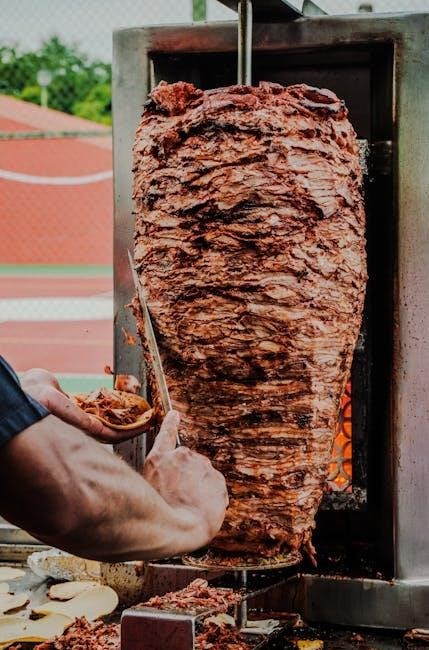
The Science Behind Soda Cooking
Soda’s acidity and carbonation enhance cooking by breaking down proteins, tenderizing meats, and infusing flavors․ The carbon dioxide creates a chemical reaction that boosts texture and taste․
Acidity and pH Levels
Soda’s acidity, often from citric or phosphoric acid, plays a key role in cooking․ Its low pH level helps break down proteins, tenderizing meats and enhancing texture․ This acidity also reacts with ingredients, intensifying flavors and balancing sweetness․ For instance, cola’s pH level (~3․2) is ideal for marinades, while fruit sodas’ higher acidity brightens desserts․ Understanding soda’s pH ensures proper chemical reactions, optimizing dish outcomes and flavor profiles in both savory and sweet recipes․
Caramelization and Maillard Reaction
Caramelization and the Maillard reaction are crucial in sod cooking, enhancing flavor and texture․ Caramelization occurs when sugars in soda break down under heat, creating rich, sweet flavors․ The Maillard reaction, involving amino acids and sugars, develops complex flavors and browns foods․ Sodas with high sugar content, like cola, promote these processes, intensifying glazes and marinades․ This chemical interplay boosts umami and depth in dishes, making sod cooking versatile for both sweet and savory recipes․ Understanding these reactions helps cooks leverage soda’s potential for memorable culinary results․
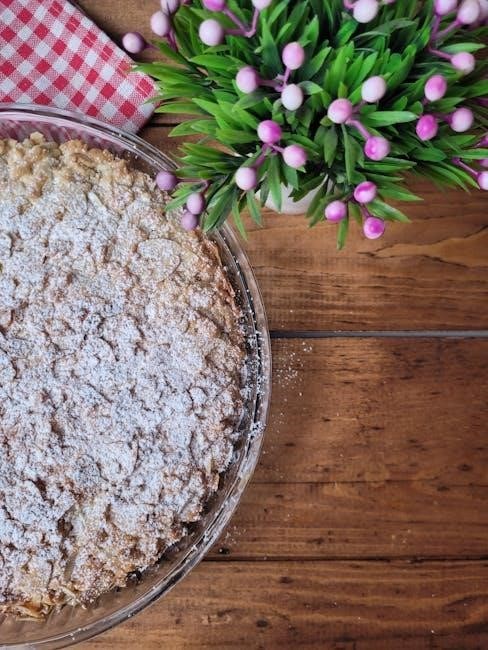
Popular Sod Cooking Recipes
This section explores beloved sod cooking recipes, from cola-glazed meats to ginger ale-infused seafood, showcasing the versatility of soda in enhancing flavors for all palates․
Starters and Appetizers
Discover delicious soda-infused appetizers that delight the palate․ Ginger ale adds a zesty twist to shrimp ceviche, while cola enhances the caramelized glaze on chicken wings․ For a refreshing start, try a sparkling lemon-lime soda marinade for grilled vegetable skewers․ These recipes blend flavors creatively, offering a unique kick to traditional dishes and setting the tone for a memorable meal․
Main Courses
Soda elevates main dishes with unique flavors and textures․ Cola-glazed ham is a classic, offering a sweet and tangy crust․ Root beer adds depth to braised short ribs, tenderizing the meat․ For a twist, try ginger ale-infused teriyaki chicken or cola BBQ sauce for slow-cooked pulled pork․ Soda’s acidity breaks down connective tissues, enhancing tenderness․ Experiment with lemon-lime soda in fish marinades or cream soda for a rich beef stew; These recipes showcase soda’s versatility in creating memorable main courses․
Desserts
Fruit sodas bring vibrant flavors to desserts, like lemon-lime in citrus pound cake or orange in chocolate brownies․ Cream soda adds sweetness to creme brûlée, balancing richness․ Soda’s effervescence enhances desserts like cola-glazed cakes or ginger ale-spiced apples․ It can be used in batters, sauces, or as a topping, offering moisture and unique flavors․ Experimenting with different sodas in desserts creates exciting twists, from ginger ale in crisps to grape soda in gelato, making traditional sweets extraordinary with each sip of creativity․
Snacks
Soda adds a unique twist to snack recipes, enhancing flavors and textures․ Cola can be used to make crispy fried onions, while ginger ale creates a light batter for vegetables or seafood․ Fruit sodas, like orange or grape, can glaze nuts for a sweet and tangy crunch․ Soda’s effervescence helps create airy batters, perfect for fried snacks․ Experimenting with different sodas offers endless possibilities for flavor innovation in snacks, making them a fun and creative addition to any gathering or meal․
Safety Tips and Considerations
When cooking with soda, handle hot pans cautiously due to potential splattering from carbonation․ Use appropriate measurements to avoid overpowering flavors․ Exercise care with sweet or sticky ingredients to ensure safe cooking practices․
Health Considerations
Cooking with soda involves high sugar content, which can be a concern for health-conscious individuals․ Excessive sugar intake may lead to calorie overload and potential health risks․ Opting for diet sodas reduces calorie intake but introduces artificial sweeteners․ Moderation is key to balancing flavor and health․ Always check ingredient lists for added sugars and artificial additives to make informed dietary choices․ Pairing sodas with nutrient-rich ingredients helps create healthier, flavorful dishes without compromising taste․
Food Safety Practices
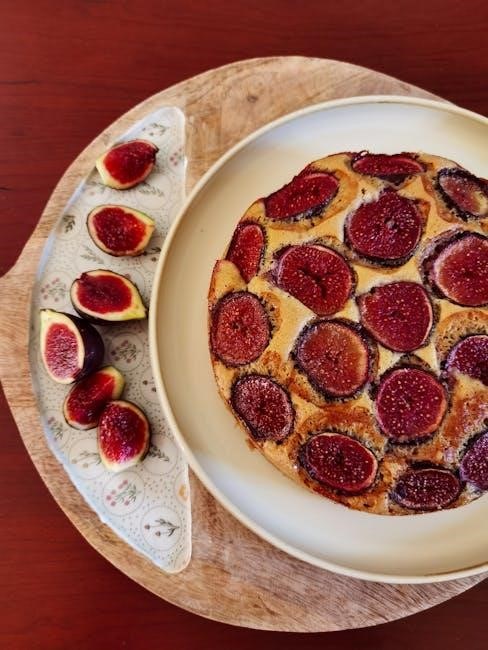
When cooking with soda, proper food safety practices are essential to avoid contamination․ Always store sodas in a cool, dry place away from direct sunlight․ Before use, ensure the soda is within its expiration date and shows no signs of spoilage․ Prevent cross-contamination by using clean utensils and surfaces․ When marinating or cooking, keep ingredients refrigerated at 40°F (4°C) or below to inhibit bacterial growth․ Wash hands thoroughly before handling food and soda to maintain a safe cooking environment․
Unique and Creative Soda Recipes
Explore innovative soda-based dishes, like cola-glazed Korean BBQ pork or ginger ale-infused poached pears․ These recipes blend global flavors for a modern culinary twist․
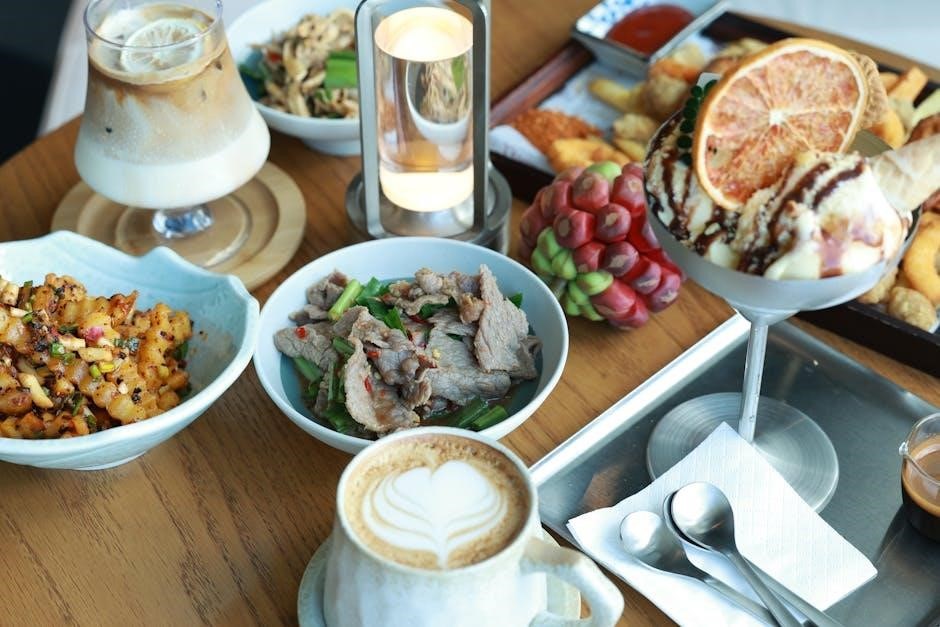
Fusion Cuisine Ideas
Fusion cuisine thrives with soda-based recipes, blending global flavors creatively․ Try cola-glazed Korean BBQ pork or ginger ale-infused Indian butter chicken․ Experiment with mango soda in Mexican ceviche or lemon-lime soda in Italian risotto․ These combinations create unique taste profiles, merging East with West and traditional with modern․ Soda’s acidity and sweetness enhance diverse ingredients, making it a versatile tool for innovative chefs․ Expand your culinary horizons by pairing sodas with unexpected flavors for truly distinctive dishes․
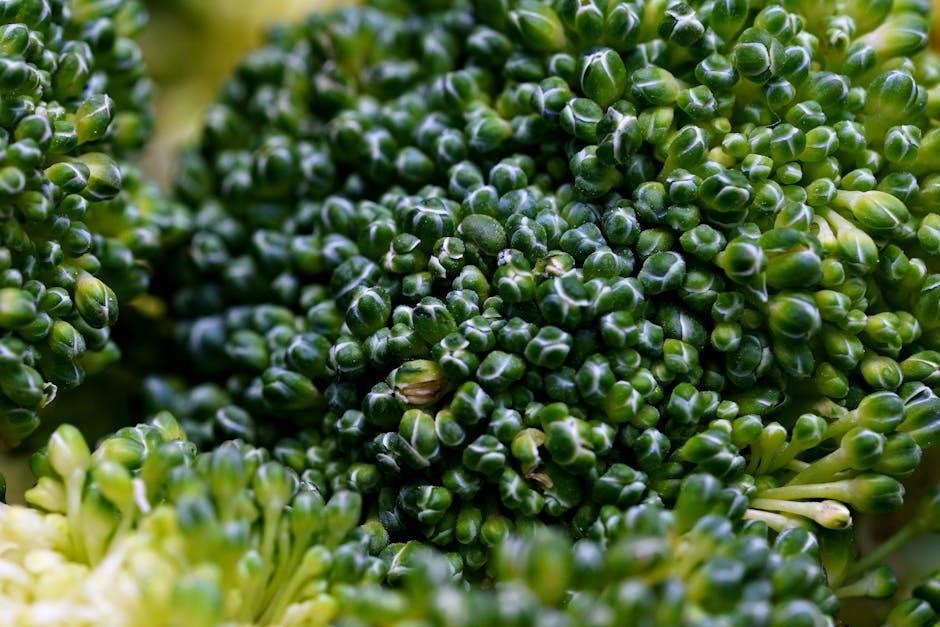
Homemade Soda Creation
Creating homemade soda offers a fun and customizable way to craft unique flavors for cooking․ Start by mixing water, sugar, and natural flavorings like fruits, herbs, or spices․ Add yeast for fermentation, which produces carbonation․ Experiment with flavors such as ginger-pineapple or berry-basil for one-of-a-kind sodas․ This process allows you to control ingredients and tailor flavors to specific recipes․ Homemade sodas are perfect for health-conscious cooks or those seeking creative twists in their dishes․ It’s an engaging way to elevate your sod cooking adventures with personalized touches․
Sod cooking offers a creative way to enhance flavors and add versatility to dishes․ Experiment with different sodas and recipes to unlock new culinary possibilities endlessly․
Final Thoughts
Sod cooking is a simple yet creative way to elevate dishes, blending tradition with innovation․ Its versatility makes it accessible to both home cooks and professional chefs․ Whether sweet or savory, sodas add unique twists to recipes․ Experimenting with different flavors and techniques can lead to exciting culinary discoveries․ Remember, the key to success lies in balance and creativity․ Don’t hesitate to try new combinations—sod cooking is all about exploring flavors and having fun in the kitchen․ Start experimenting today and unlock a world of delicious possibilities!
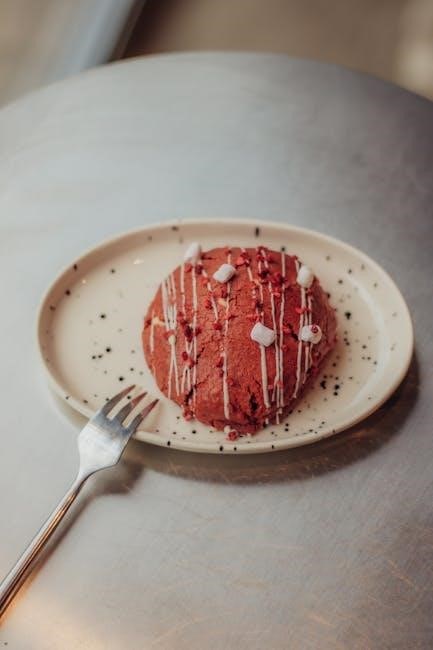
Encouragement to Experiment
Sod cooking invites creativity and experimentation with its versatility․ Don’t be afraid to try new soda varieties, as each offers unique flavor profiles․ From cola to fruit sodas, the possibilities are endless․ Mix sodas with spices, herbs, or other ingredients for custom marinades or glazes․ Remember, every experiment is an opportunity to discover something extraordinary․ Embrace the fun of exploring sod cooking and let your imagination guide you to create dishes that are truly one-of-a-kind and memorable․